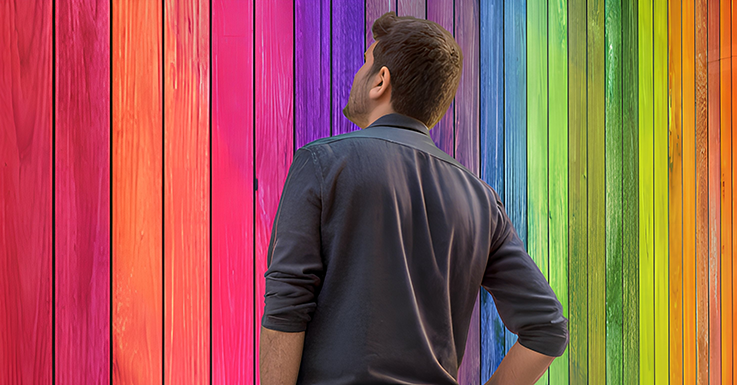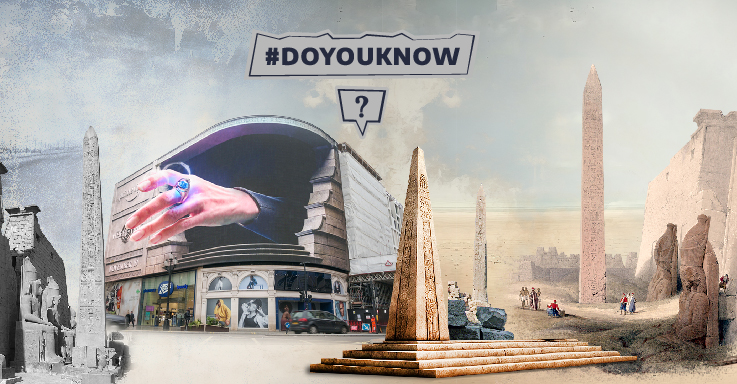The Magic Power of Colors in Marketing: Differentiate Your Brand!
The role of colors in marketing strategies is undeniable. Choosing the right colors to attract customers' attention, arouse their emotions, and reinforce their messages can increase the success of your brand. Let's explore together how colors are used in marketing, their meanings, and the impact of real examples.
The Psychological Effect of Colors
Colors affect people's emotions and behaviors. Each color has its own unique meaning, and these meanings can vary depending on the culture. For example:
Red: Energy, hunger, and urgency. Red is often used in discount campaigns and in food brands that increase hunger (e.g., McDonald's, KFC).
Blue: Trust, calm, and professionalism. Blue is widely used in finance and technology (e.g., Facebook, PayPal).
Yellow: Optimism, joy, and warmth. Yellow is used to create positive emotions (e.g., IKEA, Snapchat).
Green: Nature, health, and balance. Brands related to ecology and health prefer green (e.g., Whole Foods, Animal Planet).
Orange: Confidence, fun, and friendship. Orange is the color that stands out in children's products and is often used on e-commerce sites (e.g., Nickelodeon, Amazon).
Black: Classic, elegance, authority. Black is widely used for luxury brands and premium products (e.g., Chanel, Nike).
Pink: Femininity, sweetness, love, gentleness. Pink is mainly used in brands that are focused on beauty, fashion, and a female audience (e.g., Barbie, Victoria's Secret).
Purple: Creativity, luxury, nobility. Purple is often found in brands related to premium and creative industries (e.g., Cadbury, Yahoo).
Color Schemes and Usage
When choosing color shades for your brand, it is important to determine the main color scheme. After choosing the main color, you can also determine the accent colors. The most commonly used color schemes:
Monochromatic
Analog
Complementary
Triadic
From your logo to your website design, the harmonious use of colors increases your brand recognition and builds trust.
The Impact of Color on Marketing: Statistics and Examples
According to surveys:
51% of respondents said that color is a key factor in product selection;
85% of buyers cited color as the main reason for visual appeal;
73% of respondents believe that color is a decisive factor in marketing.
Examples of successful color strategies:
Coca-Cola: demonstrates energy and dynamism with red and white;
Apple: creates a sense of simplicity and elegance with white and gray in a minimalist design;
Starbucks: emphasizes its connection to nature and society with green.
Cultural Context and Color Choice
When choosing a color, the characteristics of the product and the target audience should be taken into account. Vibrant colors are more suitable for children's toys, while neutral tones are more suitable for luxury brands. Cultural differences are also important, as the meanings of colors vary across cultures. These nuances need to be taken into account in international campaigns.
Ultimately, the correct use of colors in marketing strengthens customer relationships and reinforces the brand message. You can optimize your strategy by considering the psychological and cultural effects of colors. Global Management's professional marketing and design team will help you better understand your customers, create a color palette that suits their needs, and differentiate your brand with the power of colors.









